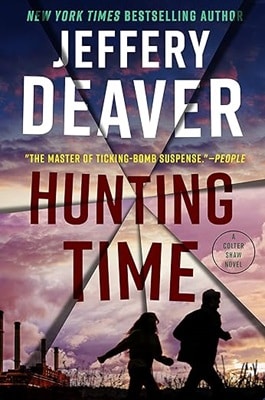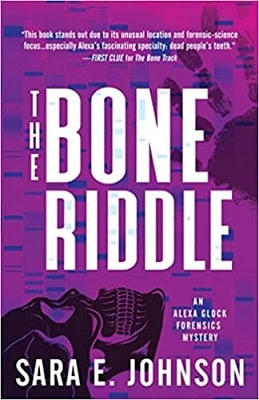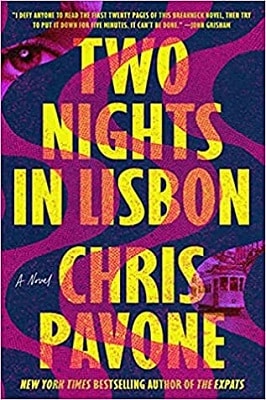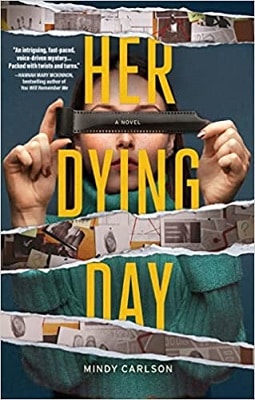
Feature
Medicine in Thrillers
Dr. Shira Shiloah
New York Times Bestselling authors and former practicing physicians, Drs. Tess Gerritsen and Michael Palmer are internationally renowned in multiple genres. And with their clinical background, both are incredibly masterful in writing believable medical scenes.
I was fortunate to meet both legends at SEAK’s Writing Conference for Physicians in 2007––Michael Palmer passed away a mere six years later, at the age of 71. He published twenty books, and his fourth book Extreme Measures had been adapted to film starring Hugh Grant and Gene Hackman. (I fondly recall Palmer telling the audience how “shockingly handsome” Hugh Grant was on set.)
In Silent Treatment, Palmer’s sixth thriller (published in 1995), he eloquently describes a code and the unwillingness of the medical team to give up. This authentic writing any health care worker can attest to––the desire to continue despite the futility of heroic efforts, as well as our inability to process the residual emotions when a patient dies. (the character’s name omitted as not to reveal a spoiler):
After half an hour, the battle to control [the patient’s] astronomical blood pressure was finally won. But everyone involved in the case knew that the war had already been lost. Harry stood helplessly by the door as the respiratory technician adjusted the controls on the ventilator that was now [the patient’s] only link to life. There were IVs in both her arms and tubes into her stomach, bladder, and lungs. Every minute or two, in response to nothing in particular, her entire body would tighten and extend into a decerebrate posture. This nightmarish scene was one he had witnessed many times in his professional life and in Nam. But emotionally he had never become very adept at dealing with it.
There was inevitably a part of him unwilling to accept the simple truth that it was over.
Tess Gerritsen has published thirty-five books in multiple genres, including medical thrillers, suspense, romantic suspense, and detective thrillers. Though she is a prolific and versatile writer, it’s within the clinical scenes of any genre where her medical knowledge shines through the most.
In Playing with Fire, Gerritsen not only wrote a perfectly crafted suspense with elements of historical fiction, she composed a hauntingly beautiful song, Incendio, to accompany it. Published in 2015 and touchingly dedicated In Memory of Michael Palmer, this novel has the neuroscience elements–– with psychiatric diagnosis, symptoms, and treatment–– authentically described:
Dr. Salazar orders a battery of new tests and this leads to our sitting in yet another series of waiting rooms. Lily has X-rays, which come back normal; blood tests, which are also normal; and finally an electroencephalogram.
It is inconclusive.
“EEGs can miss a lesion, if the abnormal electrical discharges involve only subcortical regions,” Dr. Salazar tells me when I visit his office late on a Friday afternoon.
In Gerritsen’s The Apprentice, a detective thriller not for the faint of heart published in 2002, a character assesses a victim. Physicians and nurses can attest to this sensation although I’ve never read it so perfectly described:
“She felt his neck, wanting so desperately to detect a carotid pulse that she almost mistook the bounding pulse of her own fingers for his. But he had none.”
Another excerpt from The Apprentice chronicles what paramedics, ER docs, intensivists and anesthesiologists experience regularly:
She stood back, legs trembling, as the paramedics took over, inserting an I.V. line, hanging a bag of saline. They tilted [the] head back and thrust a laryngoscope blade down his throat.
“I can’t see the vocal cords!”
“Jesus, he’s got a big neck.”
“Help me reposition.”
“Okay. Try it again!”
Again the paramedic inserted the laryngoscope, straining to hold up the weight of [the victim’s] jaw. With his massive neck and swollen tongue, [he] looked like a freshly slaughtered bull.
Later, a physician’s dialogue also sounds true-to-life. Here the character describes an X-Ray in medical terms, while explaining the finding in lay terms:
“He was unconscious when they brought him into the E.R. A CT scan showed hemorrhaging, with a large subdural hematoma––a collection of blood––pressing on the frontal lobes of his brain. The blood was surgically drained, and he went on to recover. Or rather, he appeared to recover.”
There are a plethora of medical thrillers written by non-medical authors, but these two leaders and legendary authors describe engaging and authentic medical scenes time and time again. Perhaps more doctors should write what they know, detailing their heroic work and thrilling readers in the process.
About the Author
Dr. Shira Shiloah is the author of the international bestseller, EMERGENCE, a medical thriller that explores what happens when a sociopath holds a scalpel to anesthetized patients.
She received her medical degree from the University of Tennessee and completed her Anesthesiology residency at Northwestern University. She speaks on medicine and how reflective writing can help physicians address conflicting emotions about their professional roles and give deeper meaning to their heroic work.
She enjoys traveling the world with her husband and relaxing with her rescue pup.

More Medical Thriller Features
Errors in Medical Thrillers
What Writers Get Wrong in Medical Thrillers
Behind The Screen
Where do Medical Thrillers Come From?
Life, Death & the Medical Thriller
A comparison of three of the best medical thrillers









